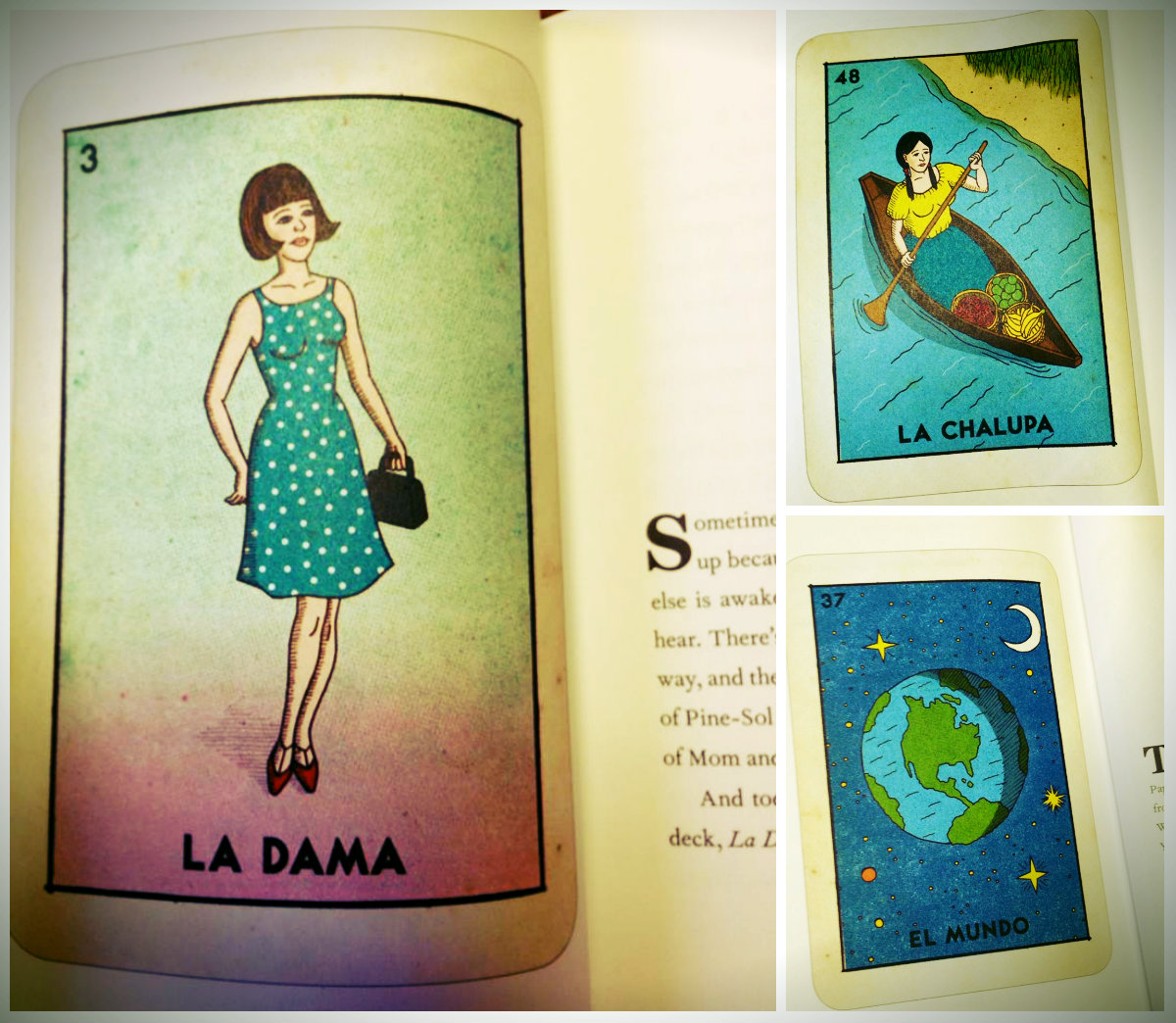BY HOPE CALLAHAN
You can’t judge a book by its cover, or so the saying goes, but Lotería by Mario Alberto Zambrano might be the exception. Nestled between two sturdy cover boards done up in highly saturated colors of the rosa card, Lotería is a piece of book-making art. The novel features vibrant and gritty color pictures of different cards that make up the popular Mexican game of lotería, each one slightly askew and taking up a full two pages of the novel.

In her journal, Luz speaks directly to God, though remains stubbornly silent when questioned by her aunt and the social worker assigned to untangle her story. Each chapter, titled with the name of a lotería card, is told in the well-developed voice of an injured yet proud young girl. By isolating small events in Luz’s life and coordinating them with the cards, Zambrano conveys a strong sense of vulnerability to the reader. Lotería transforms the bingo-like game cards into a type of tarot reading, which displays Luz’s life both past and present.
Before writing fiction Zambrano worked as a contemporary ballet dancer. He has lived abroad in Israel, The Netherlands, Germany, Japan, and Spain and has danced for multiple companies. He is a recent graduate of the Iowa Writers’ Workshop. Lotería is his first novel.